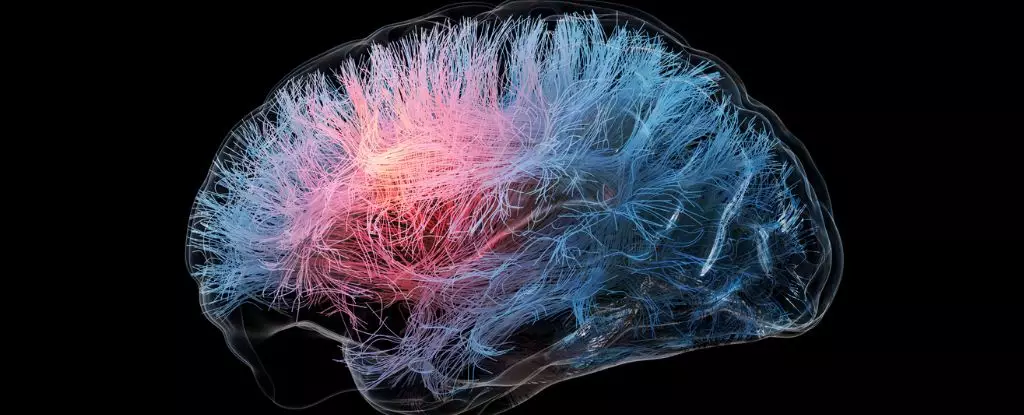With medical advancements resting on the belief that every patient should receive equal care, a shocking disparity has emerged in the treatment of Alzheimer’s disease that cannot be ignored. The latest drugs entering the market, particularly lecanemab, embody a double-edged sword—capable of prolonging independence for many, yet potentially leaving women, who represent a significant majority of Alzheimer’s patients, overlooked or inadequately treated. This reality not only sheds light on gender dynamics within medical research but also raises critical concerns regarding the efficacy and reliability of current Alzheimer’s treatments for women.
Lecanemab slowed cognitive decline by up to 27 percent over 18 months in clinical trials, heralded as a ground-breaking achievement by the FDA in 2023. However, a glaring observation in these trials—namely, a staggering 31 percent difference in efficacy between male and female patients—sounds an alarming alarm for future treatment approaches. The data, lacking adequate sample sizes to draw definitive conclusions about gender disparities, stands as a red flag for a system that has long overlooked vital biological differences that influence drug responses.
Simulated Trials and the Gender Gap
Compounding the concern, researchers from institutions in Canada and Italy conducted simulations based on clinical data, only to discover that the significant gender disparity found within the study coincidentally arose in only a small fraction of their 10,000 simulations. This striking difference ignites questions about the underlying principles of drug efficacy and whether women are receiving the treatment quality they deserve. With two-thirds of Alzheimer’s patients being female, the implication of a potentially limited response to lecanemab is disconcerting.
The forest plot shared in the CLARITY AD trial visually depicts that men experienced a mean cognitive slowdown of 43 percent, while women’s results registered a meager, statistically insignificant 12 percent. This discrepancy has not only frustrated neuroscientists but also ignited calls to action: clinical trials must prioritize sex as a fundamental variable rather than an afterthought. The lack of gender stratification in previous studies denies a nuanced understanding of how drugs operate across different biological contexts.
Historical Bias in Clinical Trials
The persistence of gender bias in clinical trials is deeply rooted, affecting countless females who are left vulnerable due to inadequate research prioritizing their unique biological frameworks. As scientist Marina Lynch from Trinity College articulated, the negligence surrounding the inclusion of gender differences in clinical trial design cannot be overstated. For years, the brain research sector has been overwhelmingly male-centric, stunting the progress on understanding how experiences and treatments affect women distinctly.
Moreover, we are unearthing the unsettling fact that up to a third of patients clinically diagnosed with Alzheimer’s show no amyloid plaques in postmortem analyses. Such revelations not only complicate our understanding of Alzheimer’s pathology but also illustrate the landscape’s inconsistencies that often lead women to be dismissed or misdiagnosed. If segments of the population remain underrepresented, innovations in treatment will inevitably falter, leaving many susceptible individuals without effective care.
Beyond Amyloid: The Role of Hormones in Treatment Outcomes
The conversation surrounding gender differences in Alzheimer’s treatment growth is not limited solely to clinical trials—emerging evidence suggests that sex hormones and chromosome variations also play a role in disease development. As studies reveal that amyloid-targeting drugs may have varying effectiveness based on sex, we must actively engage in research that investigates these mechanisms of action. Ignoring sex-biological interactions not only perpetuates the historical bias but gives rise to inadequate treatments being marketed as universal solutions.
This multifaceted issue necessitates an urgent call for collaboration among drug developers and medical researchers to share data transparently. The more scientists understand the nuances influencing Alzheimer’s across gender, the quicker we can begin to create treatments that cater to both males and females effectively.
Charting a Path Forward in Gender-Sensitive Research
The scientific community stands at a crossroads in Alzheimer’s research—either we embrace an inclusive approach that considers gender differences, or we risk perpetuating a system that overwhelmingly favors one demographic over another. Disparities in health research have dire consequences for women’s health, exacerbating their susceptibility to cognitive diseases like Alzheimer’s.
The urgency for change is palpable; the data is clear, and the voices advocating for gender equity in healthcare are growing louder. By prioritizing research that explores how sex impacts health outcomes, especially for diseases historically associated with gender biases, we take an important step forward in creating a more equitable healthcare landscape. Until we acknowledge and address these disparities, we remain anchored to an unsettling reality, where countless lives are not afforded the quality of treatment and understanding they rightfully deserve.


Leave a Reply